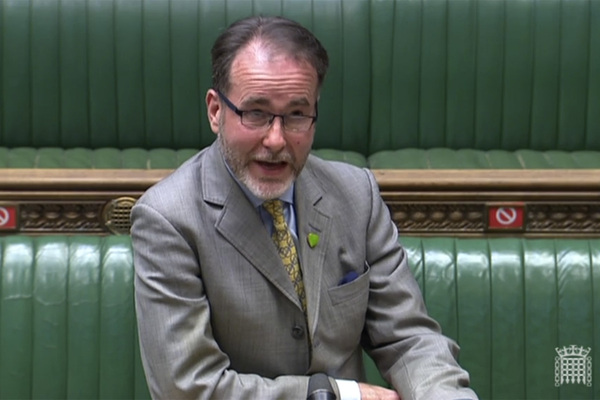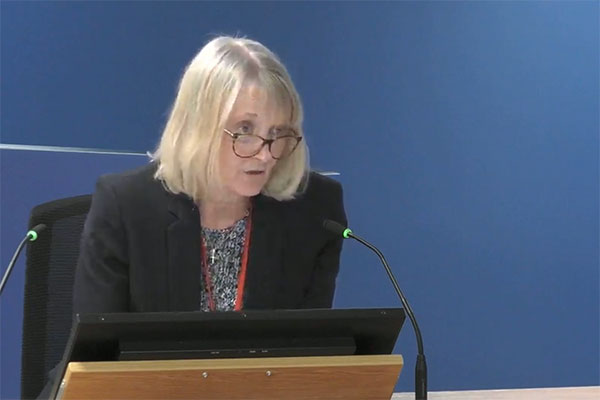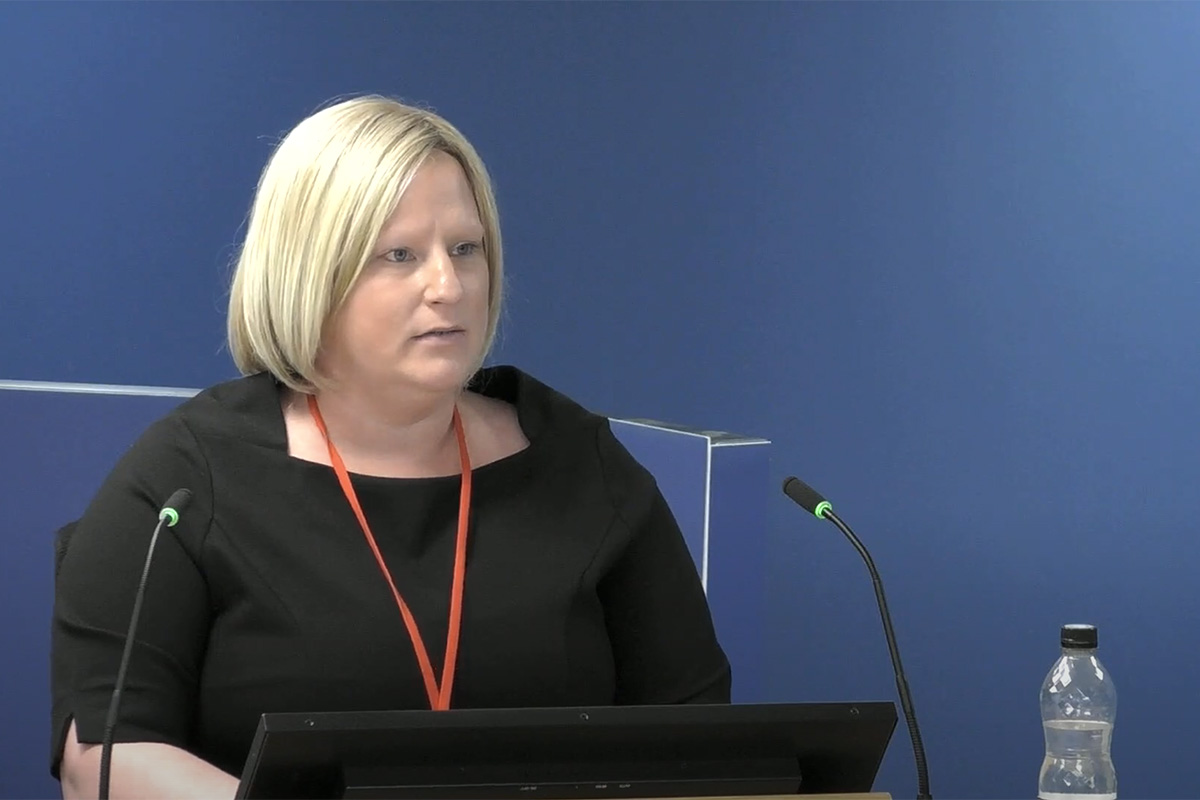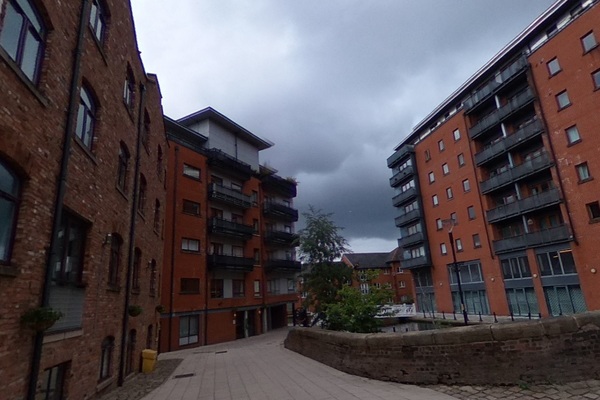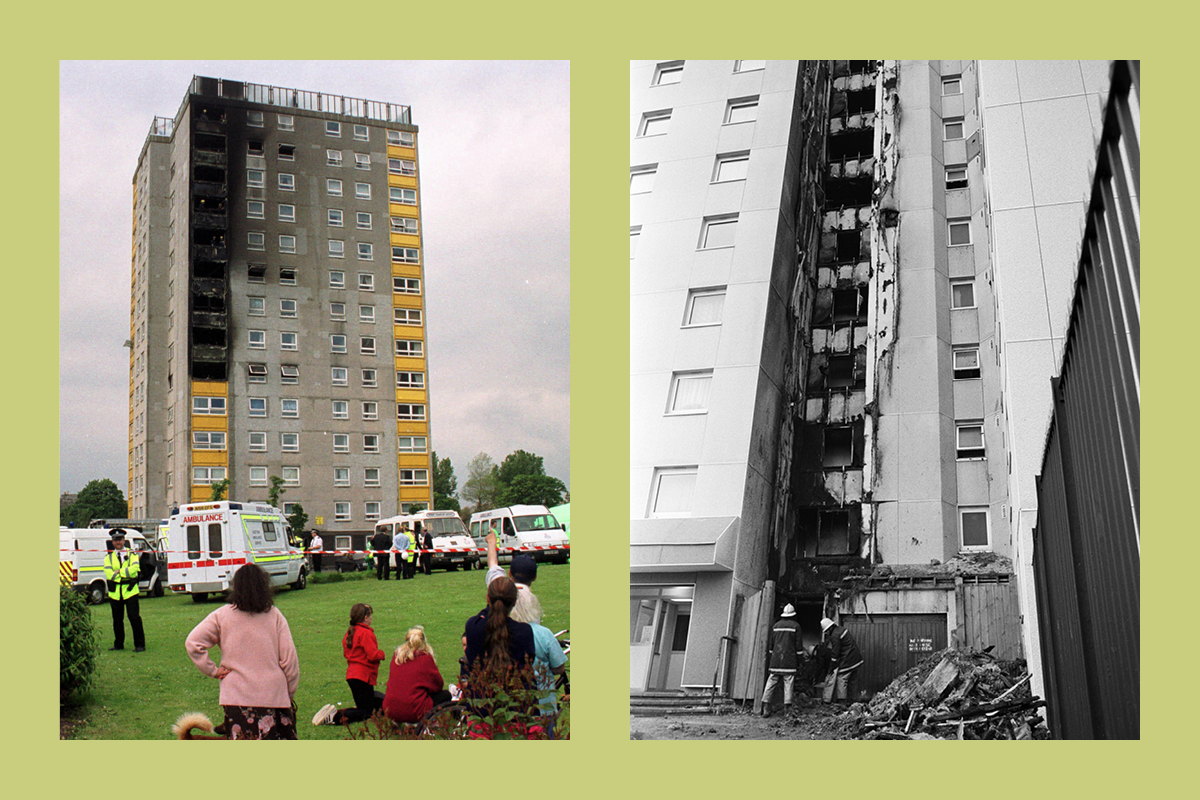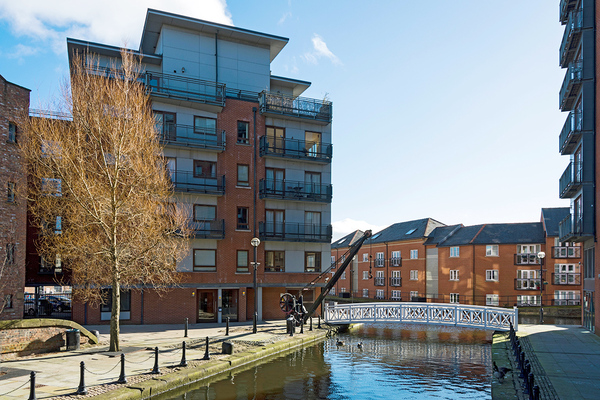You are viewing 1 of your 1 free articles
Government predicts around 75 high rises with ACM will not have remediation work complete by end of year
The government has predicted that over 10% of high-rise buildings with the same type of cladding used on the Grenfell Tower will not have completed remediation work by the end of this year.
Speaking in the House of Commons today, housing minister Christopher Pincher told MPs that the government estimates 84% of high-rise buildings with aluminium composite material (ACM) cladding will have remediation work complete by the end of 2021.
This means 75 of the 469 high-rise buildings with ACM identified by the government will not have remediation work completed this year.
Mr Pincher was speaking in parliament on the fourth anniversary of the Grenfell Tower fire in which 72 people lost their lives.
The first phase of the inquiry into the fire at Grenfell found that the ACM cladding that was installed on the tower in 2015 was the primary factor that contributed to the fire’s spread.
Mr Pincher called the fourth anniversary of the tragedy a “sombre day” and said MPs’ “hearts go out to all of those people, their families and their friends who lost so much that night”.
Shadow housing secretary Lucy Powell said: “The Grenfell community has steadfastly campaigned for justice, for change, but it has come too slowly.
“Hundreds of thousands of people are living in buildings we now know to be unsafe. Some are even still wrapped in the same flammable cladding as Grenfell.”
She said the Building Safety Fund, which was introduced to fund remediation work on buildings with other dangerous types of cladding, is “not enough” and “extremely slow”.
She asked the government to commit that all dangerous buildings, not just those with ACM, will have at least begun the process of remediation by this time next year.
Housing secretary Robert Jenrick reiterated the commitments the government has made to rectify building safety issues, including £5.1bn in grant funding, but failed to make a commitment that all buildings will have begun work next year.
James Murray, Labour MP for Ealing North, said the Grenfell Tower fire survivors are “still waiting for justice” and urged the government to begin publishing data on the remediation of non-ACM buildings.
Mr Pincher replied by stating that 685 buildings have now registered for the Building Safety Fund and that £359m has been allotted towards their remediation.
The government previously said that the Building Safety Fund would provide £1bn in 2020 to 2021.
Sign up for Inside Housing’s weekly Grenfell Inquiry newsletter
Each week our sister publication Inside Housing sends out a newsletter rounding up the key news from the Grenfell Inquiry, along with exclusive analysis of what it all means for the social housing sector.
Already have an account? Click here to manage your newsletters
